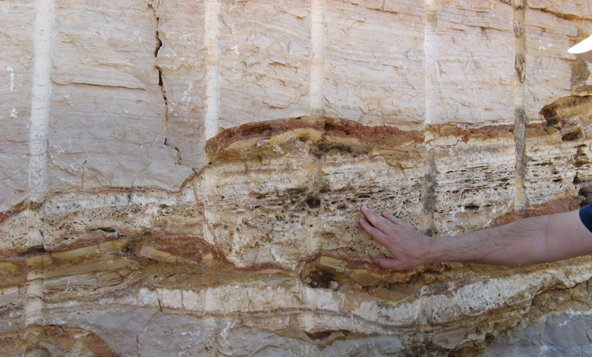Seismic attributes of carbonate rocks
PhD student: Mohammad Reza Saberi
Main content
Supervision: Tor Arne Johansen
Project funding: Petromax 3-year scholarship (2007-2010)
The objective of this study is static and dynamic characterization of carbonate rock reservoirs. The study involves analysis of various seismic attributes that may help discriminate between different rock compositions, porosity types, pore connectivity (static characteristic) and changing pore-fluid saturations (dynamic characteristic). Both seismic and petrophysical modelling will be combined for thev purpose of this integrated study.
Carbonates are one of the most common rocks in petroleum fields, forming the principal reservoir rock, intermediate layers or even reservoir seals. Efficient hydrocarbon recovery requires skilful integration of knowledge and methods from such disciplines as geology, geophysics, petrophysics and reservoir engineering. Reflection seismics is the best way to obtain crucial information about subsurface carbonate rocks, but the quality and resolution of reflection seismic data from such rocks suffer from their structural complexity. The complexity of carbonate rocks' seismic responses is related mainly to their much more complex porosity structure and fluid heterogeneity than in common siliciclastic sandstones. Carbonate rocks are often densely fractured, which adds heterogeneity to their porosity and permeability structure. These factors not only complicate the interpretation of seismic responses, but also add complexity to the reservoir properties and fluid flow pattern. For these reason, the petroleum exploration and production in carbonate rock successions is a major challenge, whereas the existing petrophysical models for these rocks are generally too crude and oversimplified to account for the actual properities of carbonate reservoirs and allow their reliable characterization. The aim of the present study is to bring methodological improvement in this area.
